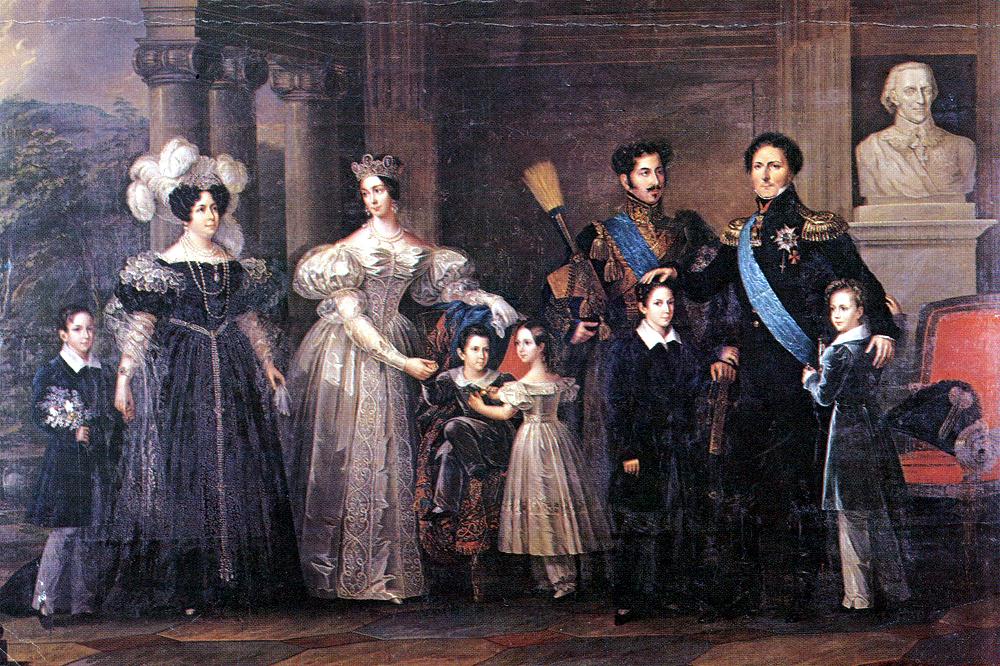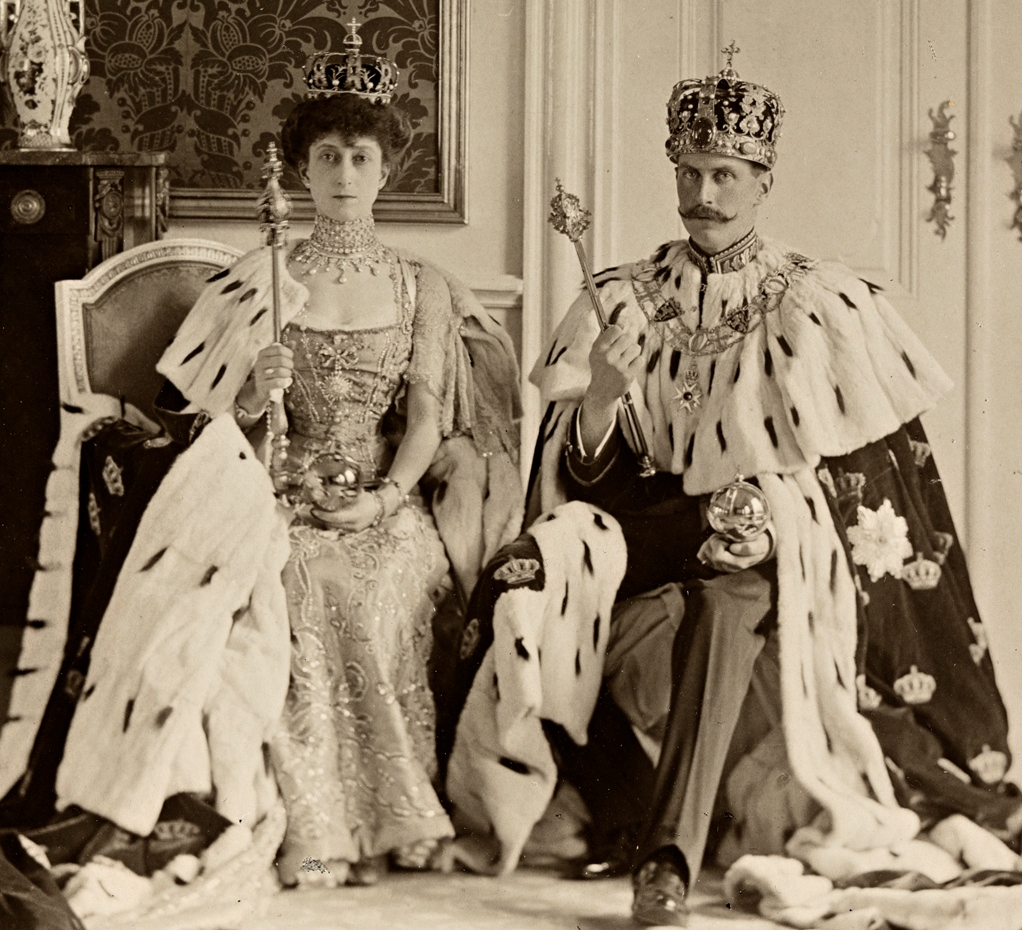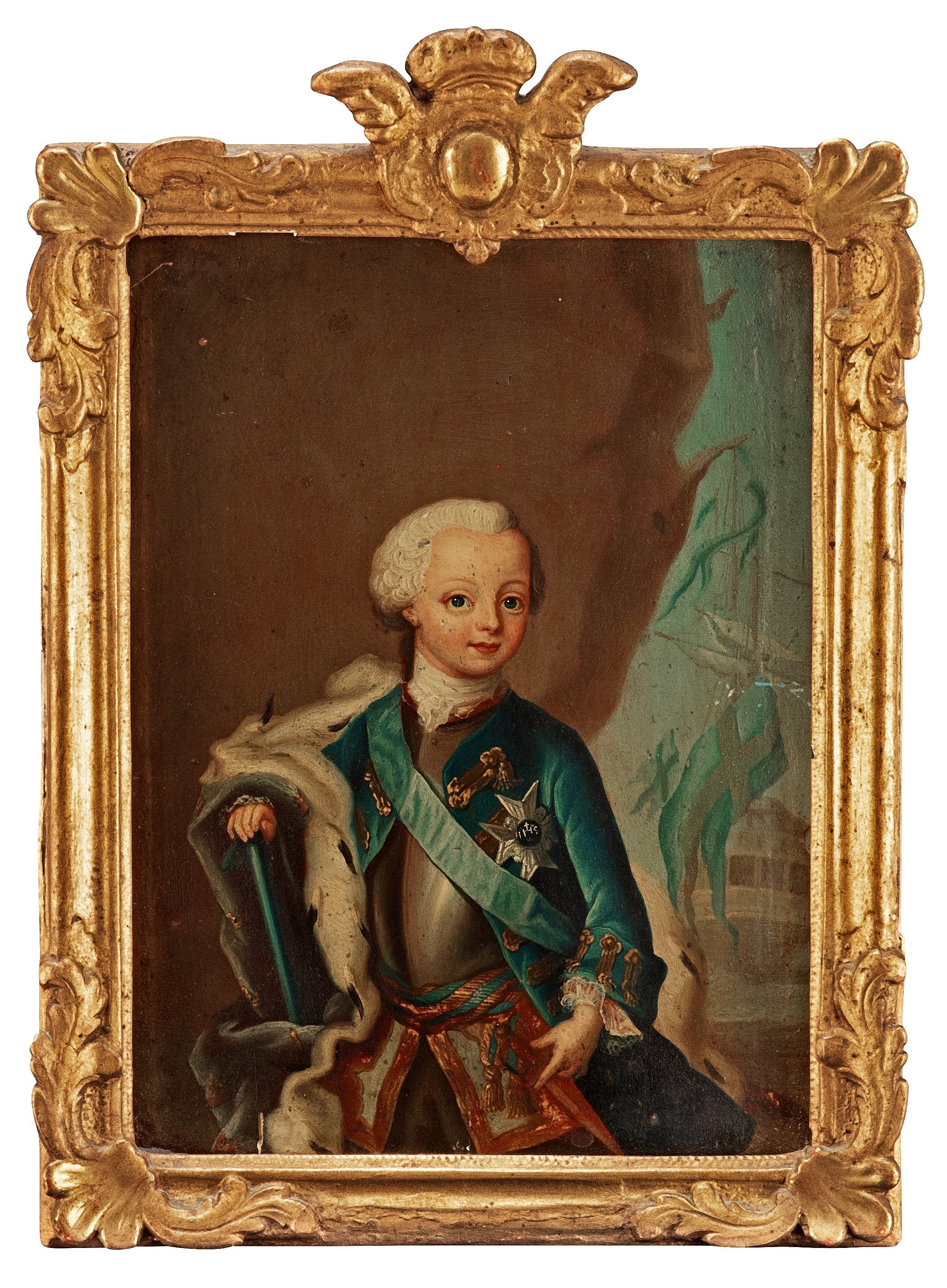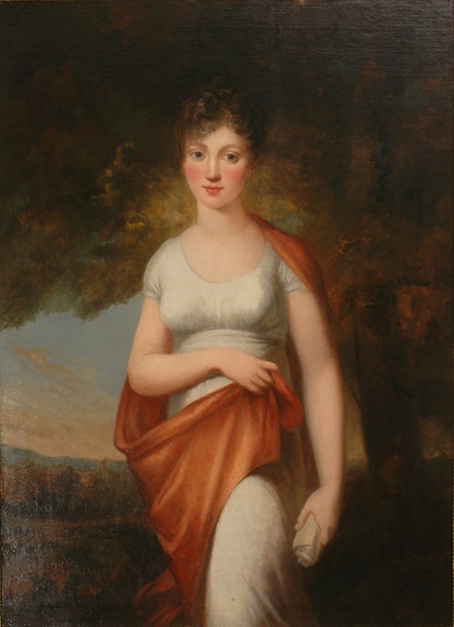|
Royal Coronations In Norway
Coronations were held in Norway from 1164 to 1906, mostly in the Nidaros Cathedral in Trondheim. Although a crowning ceremony was formerly mandated by the nation's constitution, this requirement was eliminated in 1908. However, Norwegian kings have since chosen voluntarily to take part in a ritual of "benediction" to mark their accession to the throne, during which the crown is present, but not physically bestowed upon the sovereign. The new ceremony retains some of the religious elements of earlier rites, while eliminating other features now considered to be "undemocratic". There is no law preventing a coronation from occurring so any future monarch of Norway can choose to have one. Consecration from the Official Website of the Norwegian Royal Family. Retrieved on 2009-09-16. History [...More Info...] [...Related Items...] OR: [Wikipedia] [Google] [Baidu] |
Coronation Of Charles III John Of Norway, Trondheim 1818
A coronation ceremony marks the formal investiture of a monarch with regal power using a crown. In addition to the crowning, this ceremony may include the presentation of other items of regalia, and other rituals such as the taking of special vows by the new monarch, the investing and presentation of regalia to them, and acts of homage by the new monarch's subjects. In certain Christian denominations, such as Lutheranism and Anglicanism, coronation is a religious rite. As such, Western-style coronations have often included anointing the monarch with holy oil, or chrism as it is often called; the anointing ritual's religious significance follows examples found in the Bible. The monarch's consort may also be crowned, either simultaneously with the monarch or as a separate event. Once a vital ritual among the world's monarchies, coronations have changed over time for a variety of socio-political and religious reasons; most modern monarchies have dispensed with them altogether, pr ... [...More Info...] [...Related Items...] OR: [Wikipedia] [Google] [Baidu] |
Sverre Of Norway
Sverre Sigurdsson () (c. 1145/1151 – 9 March 1202) was the king of Norway from 1184 to 1202. Many consider him one of the most important rulers in Norwegian history. He assumed power as the leader of the rebel party known as the Birkebeiner in 1177, during their struggle against King Magnus Erlingsson. After Magnus fell at the Battle of Fimreite in 1184, Sverre ruled as sole king of Norway. Differences with the Church, however, led to his excommunication in 1194. Another civil war began against the church-supported Baglers, which lasted beyond Sverre's death in 1202. The most important historical source on Sverre's life is his biography, the ''Sverris saga'', in part written while Sverre was alive. This Norse saga, saga is likely biased, since the foreword states that part was written under Sverre's direct sponsorship. Correspondence between the pope and the Norwegian bishops can be used as an alternate source when it comes to church affairs. The saga and the letters mostly ag ... [...More Info...] [...Related Items...] OR: [Wikipedia] [Google] [Baidu] |
Josephine Of Leuchtenberg
Josephine of Leuchtenberg (Joséphine Maximilienne Eugénie Napoléone de Beauharnais; 14 March 1807 – 7 June 1876), also Josefina, was Queen of Sweden and Norway from 8 March 1844 to 8 July 1859 as the wife of King Oscar I. She was also Princess of Bologna from birth and Duchess of Galliera from 1813. She was regarded as politically active during the reign of her spouse and acted as his political adviser, actively participating in government affairs. She is acknowledged as having introduced more liberal laws regarding religion. Early life Joséphine was born on 14 March 1807 in Milan, Italy. She was the first of six children of Eugène de Beauharnais, Duke of Leuchtenberg (1781–1824), and his wife, Princess Augusta of Bavaria (1788–1851). Her paternal grandmother and namesake was Joséphine Tascher de La Pagerie, the first wife of Napoleon; she was given the name 'Joséphine' by Napoleon's request.Robert Braun (1950). ''Silvertronen, En bok om drottning Josefine av Sv ... [...More Info...] [...Related Items...] OR: [Wikipedia] [Google] [Baidu] |
Désirée Clary
Bernardine Eugénie Désirée Clary (; 8 November 1777 – 17 December 1860) was Queen of Sweden and Norway from 5 February 1818 to 8 March 1844 as the wife of King Charles XIV John. Charles John was a French general and founder of the House of Bernadotte. Désirée Clary, the mother of Oscar I, was the one-time fiancée of Napoleon Bonaparte. Her name was officially changed in Sweden to Desideria although she did not use that name. Background and education Désirée Clary was born in Marseille, France, the daughter of François Clary (Marseille, St. Ferreol, 24 February 1725 – Marseille, 20 January 1794), a wealthy silk manufacturer and merchant, by his second wife (m. 26 June 1759) Françoise Rose Somis (Marseille, St. Ferreol, 30 August 1737 – Paris, 28 January 1815). ''Eugénie'' was normally used as her name of address.Ulf Sundberg in ''Kungliga släktband'' p 206 Her father had been previously married, at Marseille on 13 April 1751, to Gabrielle Fléchon (1732 – ... [...More Info...] [...Related Items...] OR: [Wikipedia] [Google] [Baidu] |
Oscar I Of Sweden
Oscar I (born Joseph François Oscar Bernadotte; 4 July 1799 – 8 July 1859) was King of Sweden and List of Norwegian monarchs, Norway from 8 March 1844 until his death. He was the second monarch of the House of Bernadotte. The only child of King Charles XIV John, Oscar inherited the thrones upon the death of his father. Throughout his reign he would pursue a liberal course in politics in contrast to Charles XIV John, instituting reforms and improving ties between Sweden and Norway. In an address to him in 1857, the Riksdag declared that he had promoted the material prosperity of the kingdom more than any of his predecessors. Early life and family Oscar was born at 291 Rue Cisalpine in Paris (today: 32 Rue Monceau) to Jean-Baptiste Jules Bernadotte, then-French Ministry of War (France), Minister of War and later Marshal of the Empire and Sovereign Prince of Pontecorvo, and Désirée Clary, Napoleon, Napoleon Bonaparte's former fiancée. He was named ''Joseph'' after his godfat ... [...More Info...] [...Related Items...] OR: [Wikipedia] [Google] [Baidu] |
Norwegian Royal Regalia
The regalia of Norway are items that symbolise the Norwegian monarch's power and majesty. Little is known of the old Norwegian regalia which have since been lost. The majority of the modern regalia date from 1818 and were made for the coronation of Jean Bernadotte as King Carl III Johan. The Norwegian royal regalia include nine items: the king's crown, the sword of the realm, the king's sceptre, the king's orb, the queen's crown, the queen's sceptre, the queen's orb, the crown of the crown prince and the anointing horn. Also in this collection are several mantles, two banners of the realm and coronation thrones. The last king and queen in Norway to be crowned were Haakon VII and his wife Maud of Wales in 1906. Thereafter, the regalia have since not been used to physically crown or to be worn by successive monarchs. Certain items are still used occasionally such as during the monarch's consecration, where the crown is displayed; or during the monarch's funeral service, where ... [...More Info...] [...Related Items...] OR: [Wikipedia] [Google] [Baidu] |
Charles XIV John Of Sweden
Charles XIV John (; 26 January 1763 – 8 March 1844) was King of Sweden and Norway from 1818 until his death in 1844 and the first monarch of the Bernadotte dynasty. In Norway, he is known as Charles III John () and before he became royalty in Sweden, his name was Jean-Baptiste Jules Bernadotte. During the Napoleonic Wars, he participated in several battles as a Marshal of France. Born in Pau in the region of southern France known as Béarn, Bernadotte joined the French Royal Army in 1780. Following the outbreak of the French Revolution, he exhibited great military talent, rapidly rising through the ranks, and was made a brigadier general by 1794. He served with distinction in Italy and Germany, and was briefly Minister of War. His relationship with Napoleon was turbulent; nevertheless, Napoleon named him a Marshal of the Empire on the proclamation of the French Empire. Bernadotte played a significant role in the French victory at Austerlitz, and was made Prince of Po ... [...More Info...] [...Related Items...] OR: [Wikipedia] [Google] [Baidu] |
Charles XIII Of Sweden
Charles XIII or Carl XIII (; 7 October 1748 – 5 February 1818) was King of Sweden from 1809 and King of Norway from 1814 to his death. He was the second son (and younger brother to King Gustav III) of King Adolf Frederick of Sweden and Louisa Ulrika of Prussia, sister of Frederick the Great. Though known as King Charles XIII in Sweden, he was actually the seventh Carl of Sweden (other), Swedish king by that name, as Charles IX of Sweden, Charles IX (reigned 1604–1611) had adopted his numeral after studying Historia de omnibus Gothorum Sueonumque regibus, a fictitious history of Sweden. In Norway, he is known as Charles II. Early life Prince Charles was placed under the tutelage of Hedvig Elisabet Strömfelt and then Ulrica Schönström. He was appointed Swedish Navy#History, grand admiral when he was but few days old. He was described as a good dancer at the amateur theatre of the royal court. Reportedly he was not very close to his mother. The Queen preferred her ... [...More Info...] [...Related Items...] OR: [Wikipedia] [Google] [Baidu] |
Christian Frederick
Christian VIII (18 September 1786 – 20 January 1848) was King of Denmark from 1839 to 1848 and, as Christian Frederick, King of Norway in 1814. Christian Frederick was the eldest son of Hereditary Prince Frederick, a younger son of King Frederick V of Denmark and Norway. As his cousin Frederick VI had no sons, Christian Frederick was heir presumptive to the throne from 1808. Early years Birth and family Prince Christian Frederick of Denmark and Norway was born late in the morning on 18 September 1786 at Christiansborg Palace, the principal residence of the Danish Monarchy on the island of Slotsholmen in central Copenhagen. He was officially the eldest son of Hereditary Prince Frederick of Denmark and Norway and Duchess Sophia Frederica of Mecklenburg-Schwerin. His father was a younger son of the deceased King Frederick V of Denmark-Norway and his second wife, Duchess Juliana Maria of Brunswick-Wolfenbüttel, and his mother was a daughter of Duke Louis of Mecklenburg-Sc ... [...More Info...] [...Related Items...] OR: [Wikipedia] [Google] [Baidu] |
King Of Norway
The Norwegian monarch is the head of state of Norway, which is a constitutional and hereditary monarchy with a parliamentary system. The Norwegian monarchy can trace its line back to the reign of Harald Fairhair and the previous petty kingdoms which were united to form Norway; it has been in unions with both Sweden and Denmark for long periods. The present monarch is King Harald V, who has reigned since 17 January 1991, succeeding his father, Olav V. The heir apparent is his only son, Crown Prince Haakon. The crown prince undertakes various public ceremonial functions, as does the king's wife, Queen Sonja. The crown prince also acts as regent in the king's absence. There are several other members of the royal family, including the king's daughter, grandchildren and sister. Since the dissolution of the union between Norway and Sweden and the subsequent election of a Danish prince as King Haakon VII in 1905, the reigning royal house of Norway has been a branch of the ... [...More Info...] [...Related Items...] OR: [Wikipedia] [Google] [Baidu] |
Constitution Of Norway
The 'Constitution of Norway'' (complete name: The Constitution of the Kingdom of Norway; Danish language, Danish: ; Norwegian language, Norwegian Bokmål: ; Nynorsk, Norwegian Nynorsk: ) was adopted on 16 May and signed on 17 May 1814 by the Norwegian Constituent Assembly at Eidsvoll. The latter date is the Norwegian Constitution Day, National Day of Norway; it marks the establishment of the constitution. It is the fourth oldest written single-document national constitution in Europe after the Constitution of 3 May 1791, Constitution of Poland, the French constitution of 1791, and the Spanish Constitution of 1812. The document is also the List of national constitutions, second oldest working national constitution in the world, after the Constitution of the United States. In May 2014, the Storting passed the most substantial changes since 1814, particularly by including paragraphs on human rights. History Writing the constitution Until 1814, Norway was part of the Kingdom of ... [...More Info...] [...Related Items...] OR: [Wikipedia] [Google] [Baidu] |









